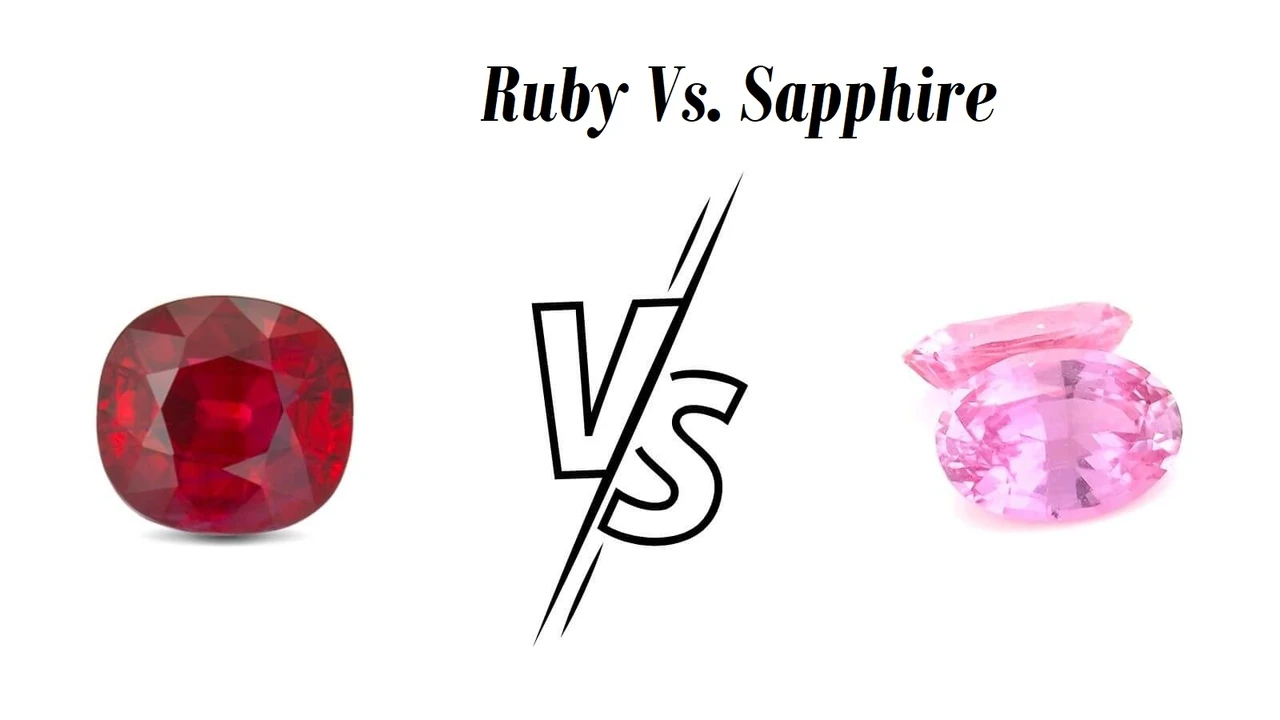Top 7 Sapphire Investment Strategies for US & Southeast Asia
Discover the top 7 sapphire investment strategies tailored for the US and Southeast Asian markets. Maximize your returns with these expert tips.

Understanding the Sapphire Market Landscape in the US & Southeast Asia
Alright, let's dive into the sparkly world of sapphire investing! Before you even think about dropping some serious cash, you gotta understand the lay of the land, especially when we're talking about the US and Southeast Asia. These markets are wildly different, each with its own quirks and preferences.
In the US, you're dealing with a mature market. People are generally well-informed, they appreciate quality, and they're often looking for sapphires as part of a larger investment portfolio. Think diversification, long-term holds, and a healthy dose of skepticism.
Southeast Asia? It's a whole different ball game! Here, sapphires can be seen as status symbols, heirlooms, and even good luck charms. Demand can be driven by cultural beliefs, trends, and a growing middle class eager to invest in luxury goods. Plus, proximity to sapphire mining regions like Sri Lanka and Myanmar means easier access and potentially better prices... if you know where to look.
Strategy 1 Buying Untreated Sapphires for Long-Term Appreciation
Okay, first things first: untreated sapphires are where it's at if you're playing the long game. These are sapphires that haven't been messed with – no heat treatment, no chemical enhancements, nada. They're rare, they're beautiful in their natural state, and they're increasingly sought after by collectors and serious investors.
Why? Because treated sapphires are, well, treated. The value can fluctuate based on the effectiveness of the treatment and changing market perceptions. Untreated sapphires, on the other hand, hold their value because they're a finite resource, a true gift from Mother Nature.
Product Recommendation: Look for a 5-carat+ Ceylon (Sri Lankan) sapphire with exceptional clarity and color. Expect to pay upwards of $10,000, but think of it as a piece of art that appreciates over time. Consider GIA certification essential.
Usage Scenario: Keep it locked away in a secure vault, periodically re-appraising it to track its increasing value. This is not something you wear to the grocery store.
Strategy 2 Investing in Rare Color Change Sapphires
Color-change sapphires are the chameleons of the gemstone world! They shift hues depending on the light source – from blue in daylight to purple or red under incandescent light. This unique characteristic makes them highly desirable and, consequently, valuable.
The key here is to find a sapphire with a *distinct* and *attractive* color change. A subtle shift isn't going to cut it. You want a dramatic transformation that will wow collectors and buyers alike.
Product Recommendation: A 3-carat+ color-change sapphire exhibiting a strong blue to purple shift. These often come from Tanzania. Expect to pay between $5,000 and $8,000.
Usage Scenario: This is a great conversation starter. Showcase it in a custom-designed ring or pendant. It’s an investment you can also enjoy wearing (occasionally!).
Strategy 3 Targeting Vintage and Antique Sapphire Jewelry
Don't underestimate the allure of vintage and antique sapphire jewelry! These pieces often boast unique designs, craftsmanship, and historical significance that can drive up their value.
Think Art Deco sapphire rings, Victorian sapphire brooches, or Edwardian sapphire necklaces. The trick is to find pieces in good condition with well-preserved sapphires. Look for hallmarks and provenance to verify their authenticity and age.
Product Recommendation: A 1920s Art Deco sapphire and diamond ring in platinum. The price can vary wildly depending on the designer and condition, but expect to pay anywhere from $3,000 to $20,000+.
Usage Scenario: These pieces are perfect for special occasions or as statement pieces in a curated jewelry collection. Their history adds another layer of value.
Strategy 4 Buying Sapphires Directly from the Source Ethical Sourcing
Cutting out the middleman can be a smart move, but it requires research and due diligence. If you're willing to travel and build relationships with miners or reputable dealers in sapphire-producing regions (Sri Lanka, Madagascar, Myanmar), you can potentially snag some amazing deals.
Ethical sourcing is also crucial here. Make sure you're supporting sustainable mining practices and avoiding conflict stones. It's not just good karma; it's good for the long-term health of the sapphire market.
Product Recommendation: Establishing a relationship with a small-scale miner in Sri Lanka and purchasing rough sapphires directly. Requires a significant investment in time and travel, but potentially yields the highest returns.
Usage Scenario: Requires expertise in gemstone cutting and polishing. You'll need to partner with a skilled lapidary to transform the rough stones into marketable gems.
Strategy 5 Focusing on Padparadscha Sapphires The Rarest of the Rare
Padparadscha sapphires are the holy grail of sapphire collecting. These rare gems exhibit a unique blend of pink and orange hues, reminiscent of a sunset. They're incredibly scarce and command premium prices, especially those with vibrant color and excellent clarity.
Be warned: there are many imitations and mislabeled sapphires out there. Only purchase Padparadschas from reputable dealers with GIA or other recognized gemological lab certifications.
Product Recommendation: A 2-carat+ Padparadscha sapphire with a vivid pinkish-orange hue and excellent clarity. Expect to pay upwards of $20,000, possibly much more depending on the saturation and origin.
Usage Scenario: A true collector's item. Store it securely and showcase it only on special occasions. Its rarity and beauty make it a prized possession.
Strategy 6 Investing in Matched Pairs and Sets of Sapphires
Matched pairs and sets of sapphires, especially those with consistent color, clarity, and cut, are highly sought after by jewelers and designers. They're perfect for creating earrings, bracelets, or necklaces, and their value can be significantly higher than individual stones.
Finding well-matched sapphires can be challenging, so be prepared to spend some time and effort sourcing them. But the payoff can be worth it, especially if you can acquire a rare color or cut.
Product Recommendation: A matched pair of 1-carat+ blue sapphires with a consistent color and clarity, suitable for earrings. Expect to pay between $2,000 and $5,000.
Usage Scenario: Sell the matched pair to a jeweler or use them to create a custom piece of jewelry. Their versatility makes them a valuable asset.
Strategy 7 Diversifying Your Portfolio with Different Sapphire Colors and Origins
Don't put all your eggs in one basket! Diversifying your sapphire investment portfolio with different colors, origins, and sizes can help mitigate risk and maximize potential returns.
Consider adding blue, pink, yellow, green, and even colorless sapphires to your collection. Explore sapphires from different regions, each with its own unique characteristics and market appeal.
Product Recommendation: A diversified portfolio including a Ceylon blue sapphire, a Madagascar pink sapphire, a Montana yellow sapphire, and a Kashmir blue sapphire (if you can find one and afford it!).
Usage Scenario: A well-rounded portfolio provides stability and allows you to capitalize on different market trends. Regularly re-evaluate your holdings and adjust your strategy as needed.
So there you have it – seven strategies to get you started on your sapphire investment journey. Remember, research is key, due diligence is essential, and a little bit of luck never hurts! Good luck, and happy investing!
:max_bytes(150000):strip_icc()/277019-baked-pork-chops-with-cream-of-mushroom-soup-DDMFS-beauty-4x3-BG-7505-5762b731cf30447d9cbbbbbf387beafa.jpg)






